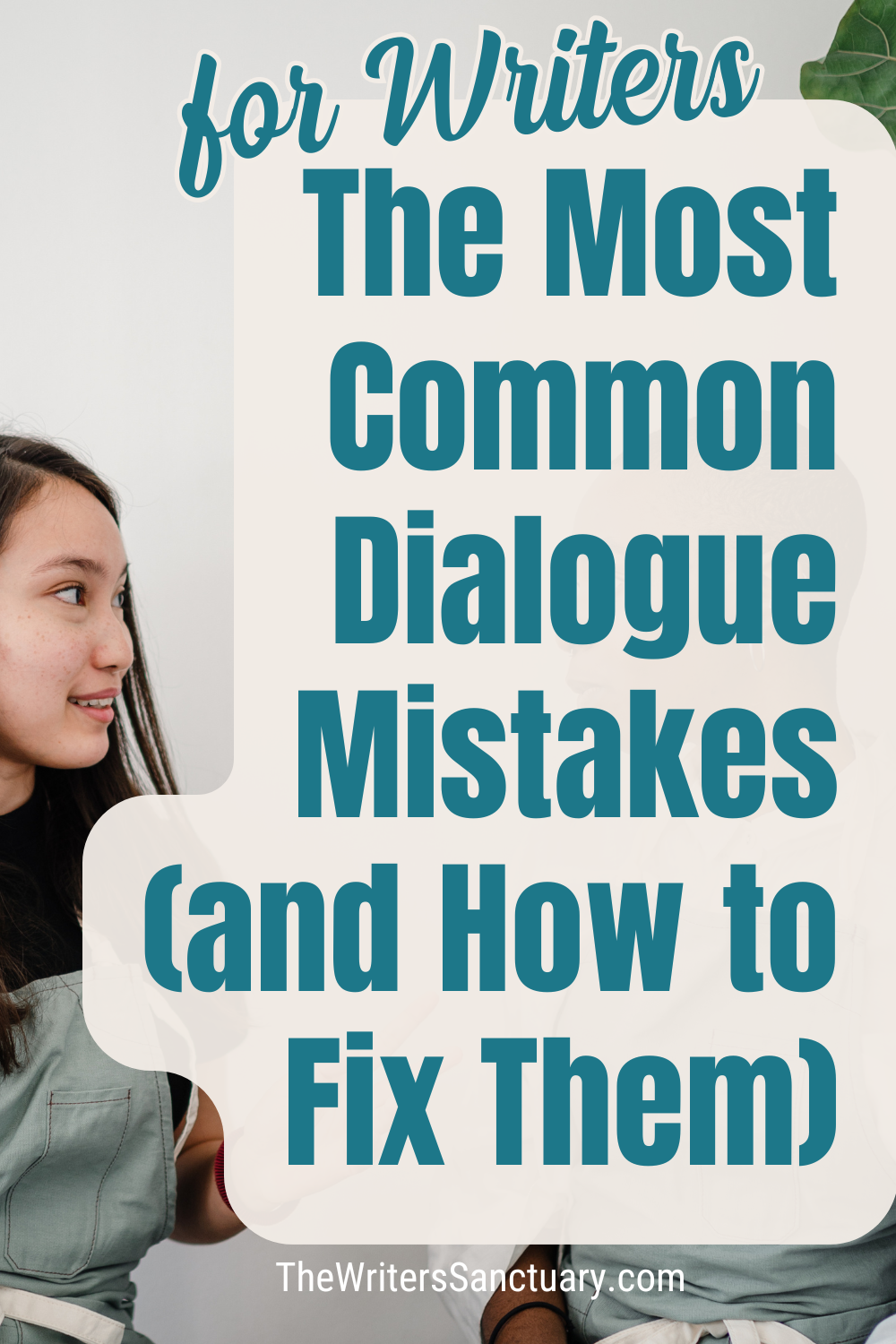The Most Common Dialogue Mistakes (and How to Fix Them)
Nothing pulls a reader out of a story faster than awkward, unnatural dialogue. Whether you’re writing gritty thrillers, sweeping fantasy, or heartfelt small-town romance, dialogue is where your characters truly come alive—and where many writers slip up.
Here are the most common dialogue mistakes (plus how to fix them) so your conversations feel authentic and keep readers glued to the page!
1. Everyone Sounds the Same
When all your characters speak with the same rhythm, vocabulary, and style, your dialogue flattens. The reader loses the sense of distinct personalities.
How to fix it:
Give each character a unique speech pattern. One might be blunt and clipped, another uses run-on sentences, another peppers in metaphors or slang.
Consider background, education, region, and emotional state—each influences how a person talks.
2. Too Much “On the Nose” Dialogue
Real people rarely say exactly what they mean. They hedge, deflect, imply, tease. Dialogue that states everything directly sounds stiff and robs your story of subtext.
How to fix it:
Characters should ignore questions, lie, change the subject or joke around instead of giving a direct answer. Not EVERY time, but enough to make the dialogue sound natural.
Check your scenes for times when characters are consistently giving direct answers throughout. Try rewriting those with more indirect cues.
3. Overuse of Names
In real conversations, people don’t often call each other by their first names. Those moments are reserved for getting someone’s attention, anger, fear, or intimacy, and even then, we use it once. Maaaaybe twice. Certainly not at the start of every line of dialogue.
How to fix it:
Cut most name usage unless it’s serving a purpose (urgency, persuasion, affection, or anger).
If you have multiple characters in a scene, rely on beats and body language to keep things clear.
4. Dialogue Tags That Distract
You don’t need to get fancy. “He exclaimed,” “she interjected,” “he retorted” can quickly feel overwrought. The gold standard is usually “said,” because it’s invisible to the reader.
How to fix it:
Use “said” or “asked” unless (in the RARE instance) you need to use another dialogue tag for a specific effect.
Use action beats instead. For example:
He leaned back in his chair, arms crossed. “Try me.”
5. Large Blocks of Talking
Even realistic dialogue starts to look like a wall of text if you don’t break it up.
How to fix it:
Interject with small movements, inner thoughts, or interruptions.
In tense moments, keep exchanges short. Quick back-and-forth increases pacing and heightens conflict.
6. Missing Conflict or Purpose
Dialogue shouldn’t just be filler. If it doesn’t reveal character, advance the plot, or deepen the reader’s understanding of the stakes, it’s dead weight.
How to fix it:
Ask: What does each character want in this conversation? What’s at risk if they don’t get it?
Even a casual chat can carry undercurrents of fear, jealousy, or attraction. Layer it in.
Want a publishing pro to help you polish your manuscript and hone your writing voice?
Apply for Iconic, our high-level mentorship program for serious authors. You’ll get direct, tailored feedback on your writing, plus strategic guidance to position your book—and your career—for long-term success.
👉 Learn more and apply here. Your story deserves to stand out.


